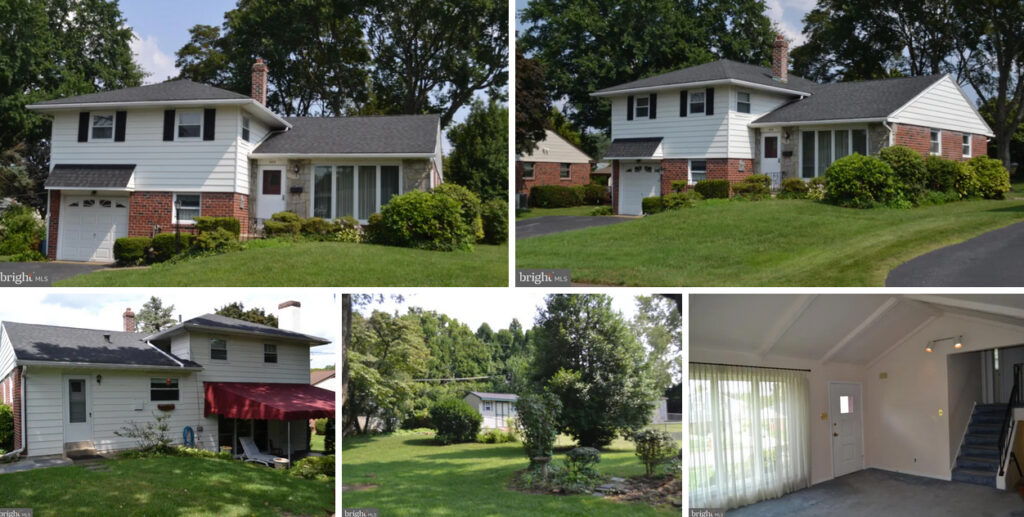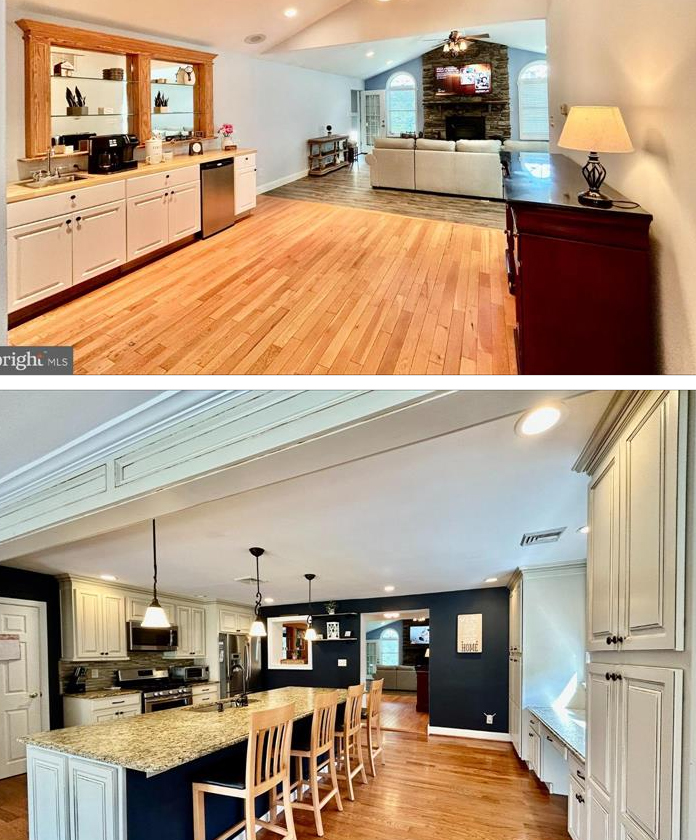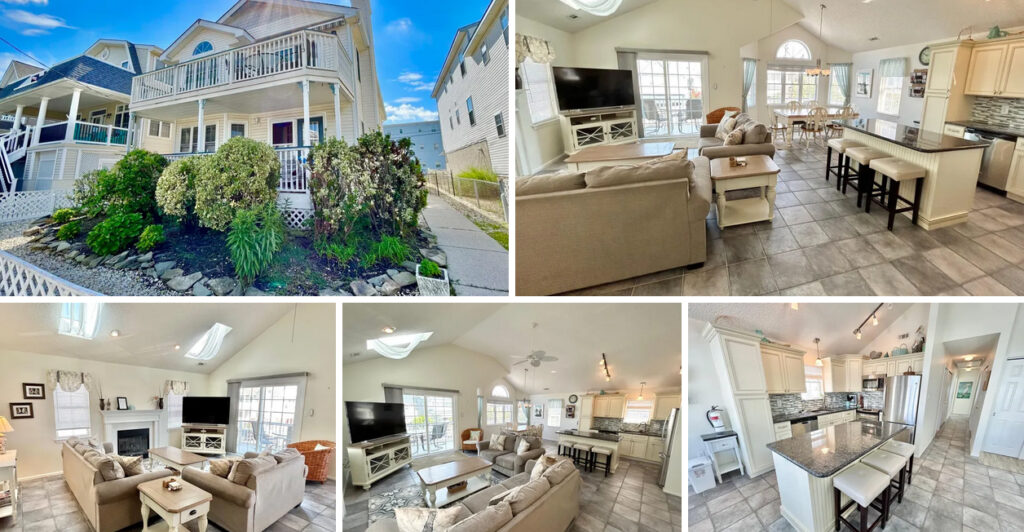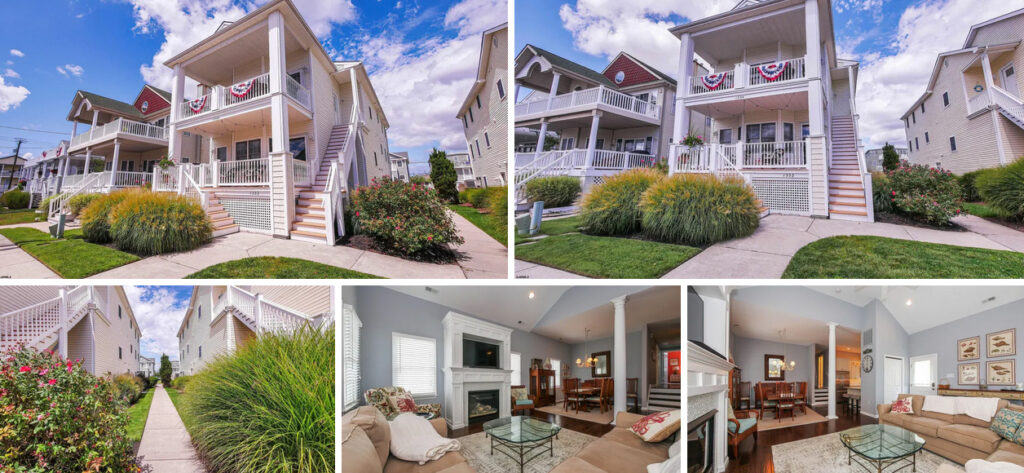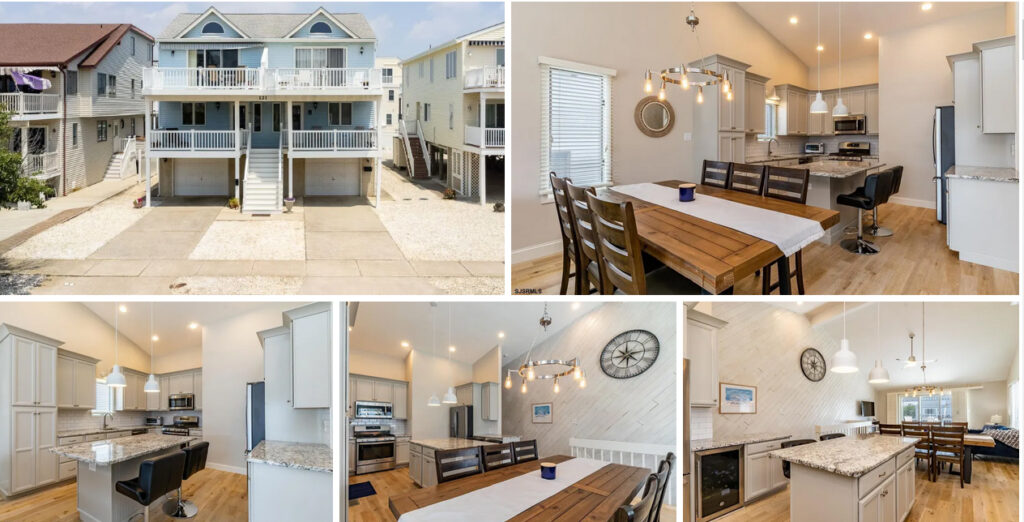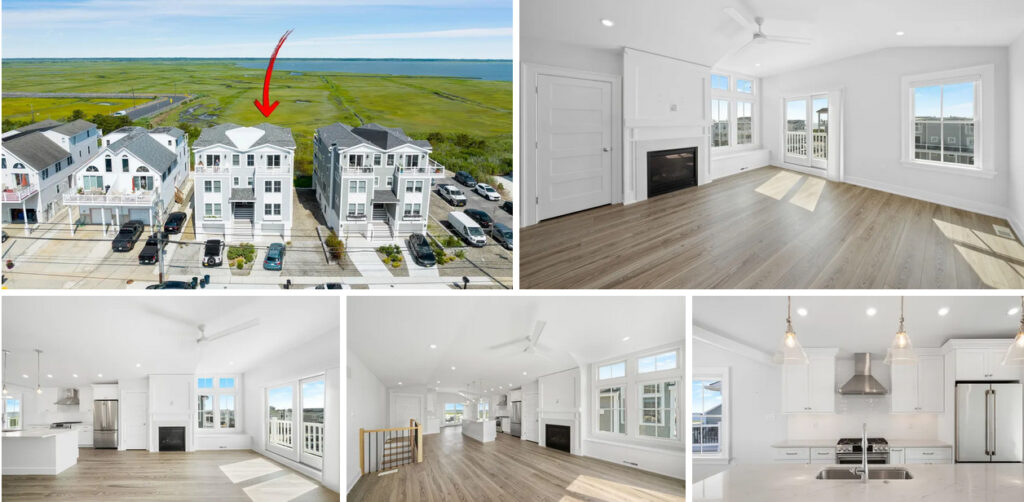Safety and security is a given with a door locks, but aesthetics, ease of use and the many features available make the smart lock a smart home must-have.
Any listing agent or home building will tell you that a home’s curb appeal is important. When the prospective buyer pulls up in front of the house, that first impression can make or break a sale. But what about when the prospect leaves the car and walks up to the front door?
Your next chance to extend that first impression is just above the welcome mat. The front door is where style, security and convenience may all come together through smart locks, which play an increasingly significant role in home sales.
Smart home devices in general are fast becoming an expected part of a new home purchase. According to a recent study by Security.org, seven in 10 home buyers are looking for a smart home, and 78% are willing to pay more for a home with smart devices. This same survey found that “security and safety” was at the top of the list of smart device categories. In a 2022 Z-Wave “State of the Ecosystem” report, smart locks were listed among the top three most popular smart home products, along with smart lightbulbs and Wi-Fi cameras.
An Entrance Set Apart From the Rest
Buyers want to live in a beautiful home with a beautiful entry point. Design innovation has always been a key element in differentiating, positioning and selling any home-based technology, and smart electronic locks are no exception.
Smart locks are often a homeowner’s first step into smart home technology. The devices allow them to introduce their own personal style right at the front door, whether through the color and carpentry of the door itself or the hardware.
To stay competitive, today’s smart lock manufacturers have to offer ever-expanding design options to complement everyone’s taste. For example, Kwikset offers push-button smart locks like the new Home Connect 620, which features maximum control and interoperability and is available in a range of finishes like polished chrome and bronze. Sleek, style-forward smart locks like Obsidian and the SmartCode 916 give a contemporary aesthetic with touch screen pads.
Many manufacturers also pair their smart lock offerings with matching handle sets—pairing color, finish and style to give the home’s entrance a cohesive look.
A Welcome and Appealing Connection
With connected smart locks, sales agents no longer need to find a key or fumble with a lock box. Real estate professionals use a personalized key code to open the door, highlighting the benefits and ease of a smart lock at the very start of the home tour.
Smart locks are the safest way to show who has access to a client’s home. Key codes can be created in advance, or if a homeowner knows someone is coming to their house, codes can be created on-demand and then removed when no longer needed. Homeowners can schedule codes for everyone from the plumber scheduled at 11 a.m. to the home healthcare worker coming to check in on an elderly parent.
Smart locks provide a degree of security and peace of mind that most home-automation devices simply do not. Other technological advantages of smart locks that can be demonstrated at the front door, or at least be part of a sales pitch, include:
- Re-key technology allows homeowners to re-key their own locks quickly and easily, without removing the locks from the door.
- Features like Kwikset’s SmartKey SC1 technology mean added convenience. With the SC1, any Kwikset lock using SmartKey can be keyed to an additional lock so that a single key can open both. Now all the doors in a home can share one key.
- Users can also remotely communicate with and control the lock using their smart phone, tablet or laptop.
- Smart locks can be part of a smart security ecosystem. This can include any combination of smart locks, smart doorbells, indoor/outdoor cameras, door-window and motion sensors, alarm systems, control hubs and more. These home automation products not only improve the lives of homeowners but also protect them and keep the home and family safe.
- Connected smart locks not only connect with and control all the security devices, but they can also control the other devices in the home.
Bringing the Appeal Inside
With a central hub and a home automation protocol like Zigbee or Z-Wave, smart locks can wirelessly communicate with and control the network of devices that make up a home automation system – everything from thermostats to lighting to entertainment systems.
With home automation control conveniently located at the front door, homeowners (and home sellers) can set up the home with customized smart-home scenarios that will take effect just before they step inside. Here’s an example: A homeowner can program the lock so that every time they unlock the door, the foyer light turns on, automated shades go up, and the smart thermostat sets their desired temperature. This kind of customization is a perfect differentiating detail during a showing.
Smart locks and their capabilities aren’t just for front doors, either. Homes with built-in wine cellars, bar areas, libraries, or home offices have the option of extra security and convenience when smart locks are added to them.
Smart Opportunity Knocks
Builders focus on building homes people want to live in for the right price. For home sellers, competitive advantage is the key. When price and location are similar, most builders and sellers welcome any differentiating factor that won’t break the bank. This is one reason home automation devices, and smart locks, are becoming part of a growing percentage of new home builds.
For security dealers, the trend of attracting homebuyers with new technology is a major new business opportunity. Many builders need a partner who can educate them and deliver this advanced technology, not to mention service it. Ultimately, dealers need to reinvent themselves as technology providers rather than just security providers. In doing so, the dealer becomes a valuable partner to the builder who passes that value onto the homeowner.
Smart locks add value for everyone from the listing agent to the homebuyer and the builder to the tech company. They aren’t just a sound investment from a safety perspective. They add a level of convenience and aesthetic rarely achieved by other smart devices. They’re relatively easy to install and have a reasonable starting price, making them accessible as well. Starting with a smart lock is an easy way to boost value, add security and jump into the smart home realm.
©National Association of REALTORS®
Reprinted with permission
